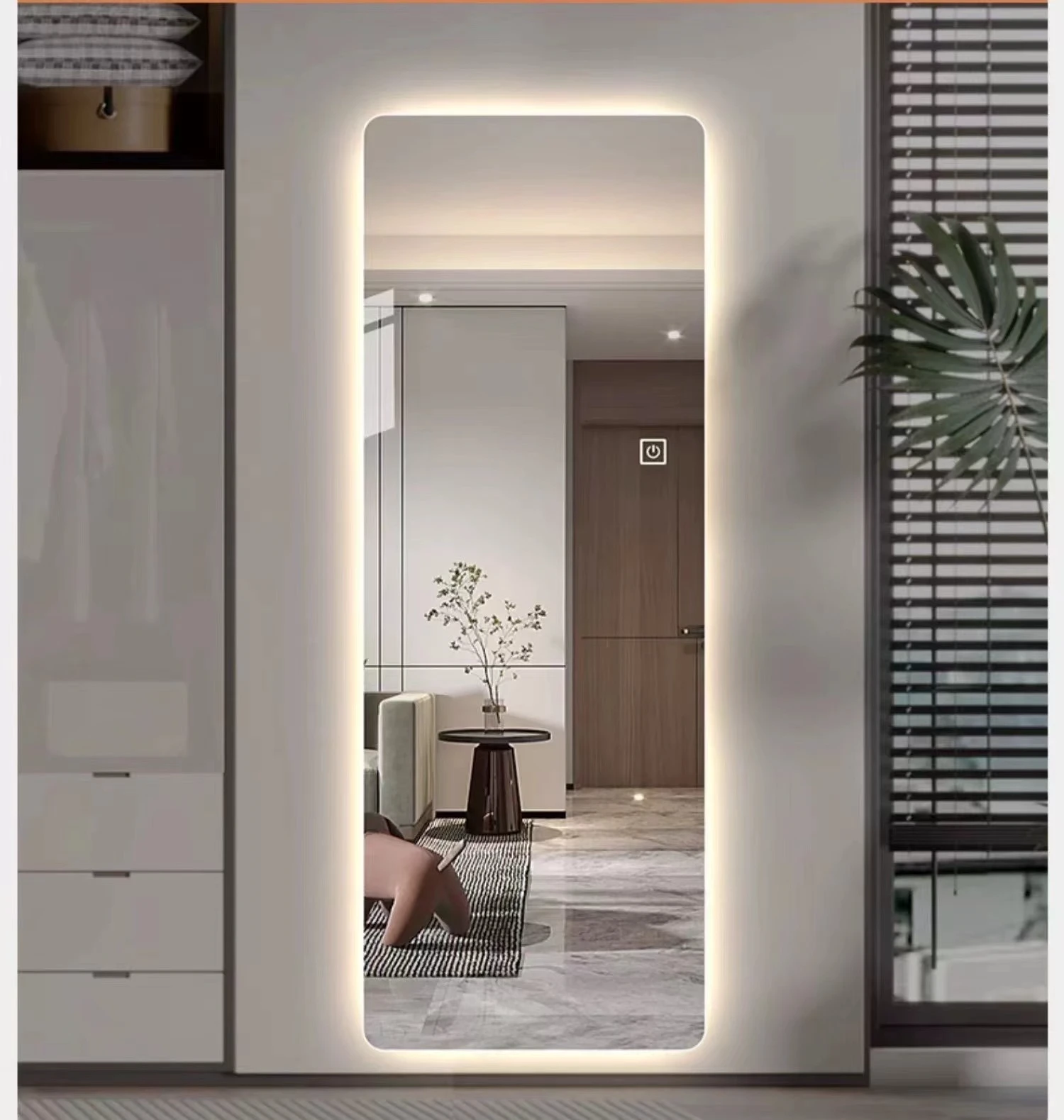

The Promise of High-Performance Low-E Glass
In today's world, energy efficiency has transcended from a luxury to a necessity, driven by rising energy costs and growing environmental concerns. As architects, builders, and homeowners look for innovative solutions to enhance energy efficiency, high-performance low-emissivity (low-E) glass has emerged as a leading choice. This technology not only contributes to reduced energy consumption but also improves comfort and aesthetics in buildings.
Understanding Low-E Glass
Low-E glass is coated with a thin layer of metallic oxides, allowing it to reflect heat while permitting the passage of light. This unique characteristic significantly alters how a building interacts with solar energy. There are typically two types of low-E coatings passive and solar control. Passive low-E glass is designed to maximize solar gain and is ideal for colder climates where heating is a priority. Conversely, solar control low-E glass is engineered to reduce solar heat gain, making it more suitable for warmer climates where cooling is pivotal.
Benefits of High-Performance Low-E Glass
1. Energy Efficiency The primary advantage of high-performance low-E glass lies in its ability to minimize energy loss. It reflects infrared radiation, which can help retain heat in colder months while reflecting excessive heat during summer. This property drastically reduces the need for heating and cooling, thus lowering energy bills. Studies have shown that buildings outfitted with low-E glass can achieve up to 30% reduction in energy costs.
2. UV Protection Low-E glass also acts as a barrier against harmful ultraviolet (UV) rays. These rays can cause fading in furniture, flooring, and artworks. By filtering out up to 99% of UV radiation, low-E glass aids in preserving the integrity and appearance of interior furnishings.
3. Enhanced Comfort The insulating properties of low-E glass create a more comfortable indoor environment. Traditional windows can often lead to drafts and cold spots, particularly near glass surfaces. In contrast, low-E glass helps maintain stable interior temperatures, providing a more consistent and pleasant living or working environment.

4. Condensation Reduction Windows are a common site for condensation formation, which can lead to mold growth and damage. High-performance low-E glass has a lower surface temperature, reducing the likelihood of condensation forming, thereby enhancing indoor air quality and minimizing maintenance concerns.
5. Environmental Impact By implementing low-E glass in buildings, the overall carbon footprint can be significantly reduced. Energy-efficient buildings require less energy to heat and cool, resulting in fewer greenhouse gas emissions. This environmentally friendly aspect appeals not only to individual homeowners seeking sustainability but also to corporations aiming to meet corporate social responsibility goals.
Applications in Architecture
Integrating high-performance low-E glass into building design allows for greater flexibility and creativity. Architects can design larger windows and glass facades that flood spaces with natural light without compromising energy efficiency. This trend towards daylighting has been associated with numerous psychological and health benefits, enhancing the occupants' overall well-being.
The use of low-E glass is not limited to residential buildings; it is equally advantageous in commercial and institutional settings. Skyscrapers, museums, and schools increasingly incorporate this technology to achieve modern aesthetics while maintaining sustainability.
Conclusion
As energy costs rise and the push for sustainable solutions intensifies, high-performance low-E glass stands out as an effective alternative for modern construction. Its ability to improve energy efficiency, enhance comfort, and protect interiors makes it a wise investment for any building project. With continued advancements in glass technology, the role of low-E glass in architecture will only become more prominent, symbolizing a clear pathway to building a more sustainable and energy-efficient future. Whether for a new construction project or as part of a renovation, choosing high-performance low-E glass is a pivotal step toward achieving both economic and ecological goals.